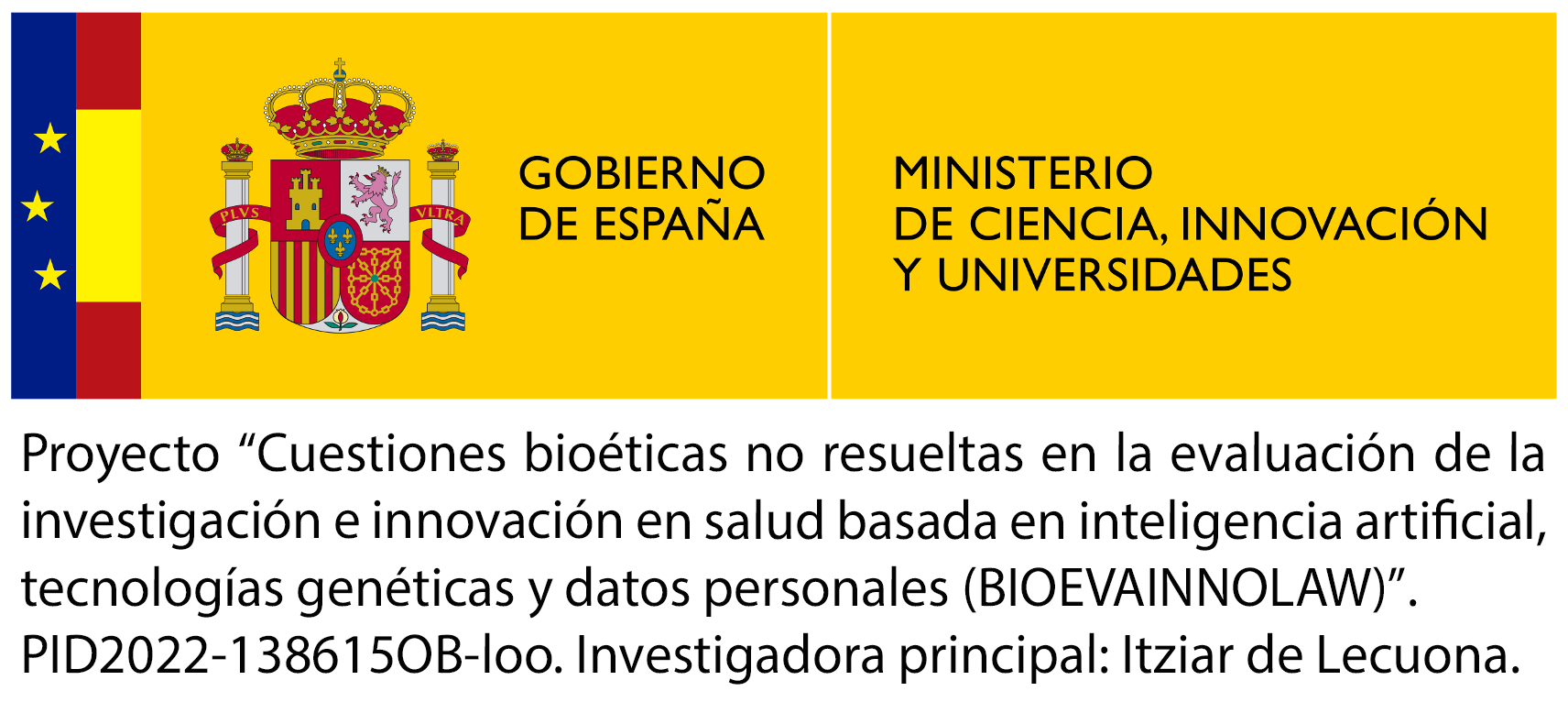Distinguish Patients in a Vegetative State from the Minimally Conscious state: moral and legal dilemmas
DOI:
https://doi.org/10.1344/rbd2013.27.7515Paraules clau:
vegetative state, minimally conscious state, right to self-determination, best interest, neuroimagingResum
Research done using current neuroimaging techniques specifically, positron emission tomography (PET) and functional magnetic resonance imaging (functional MRI)—have provided evidence that vegetative patients may have fragments of consciousness. These findings make all the more urgent the familiar moral and legal dilemmas arising in connection with persons in these "reduced" states, because in debating whether these persons have a will, we have to take into account the possibility that they may have "glimpses of consciousness". In other words, we have to revisit that principle in light of scientific advances enabling us to more accurately detect signs that a patient is expressing a will to be taken off life support.Descàrregues
Publicades
2013-01-02
Com citar
Zullo, S. (2013). Distinguish Patients in a Vegetative State from the Minimally Conscious state: moral and legal dilemmas. Revista De Bioética Y Derecho, (27), 13–27. https://doi.org/10.1344/rbd2013.27.7515
Número
Secció
Secció general
Llicència
 Els/les autors/es conserven els drets d'autoria dels articles i autoritzen la Universitat de Barcelona a publicar-los en la seva Revista de Bioética y Derecho i a incloure'ls en els serveis d'indexació i abstracts, bases de dades acadèmiques i repositoris en els quals participa la revista. Els treballs publicats en la Revista de Bioètica i Dret estan sota la llicència Creative Commons Reconeixement-NoComercial-SenseObraDerivada 4.0 Internacional (by-nc-nd 4.0), que permet compartir l'obra amb tercers, sempre que aquests reconeguin la seva autoria, la seva publicació inicial en aquesta revista i les condicions de la llicència. No es permet un ús comercial de l'obra original ni la generació d'obres derivades.
Els/les autors/es conserven els drets d'autoria dels articles i autoritzen la Universitat de Barcelona a publicar-los en la seva Revista de Bioética y Derecho i a incloure'ls en els serveis d'indexació i abstracts, bases de dades acadèmiques i repositoris en els quals participa la revista. Els treballs publicats en la Revista de Bioètica i Dret estan sota la llicència Creative Commons Reconeixement-NoComercial-SenseObraDerivada 4.0 Internacional (by-nc-nd 4.0), que permet compartir l'obra amb tercers, sempre que aquests reconeguin la seva autoria, la seva publicació inicial en aquesta revista i les condicions de la llicència. No es permet un ús comercial de l'obra original ni la generació d'obres derivades.








